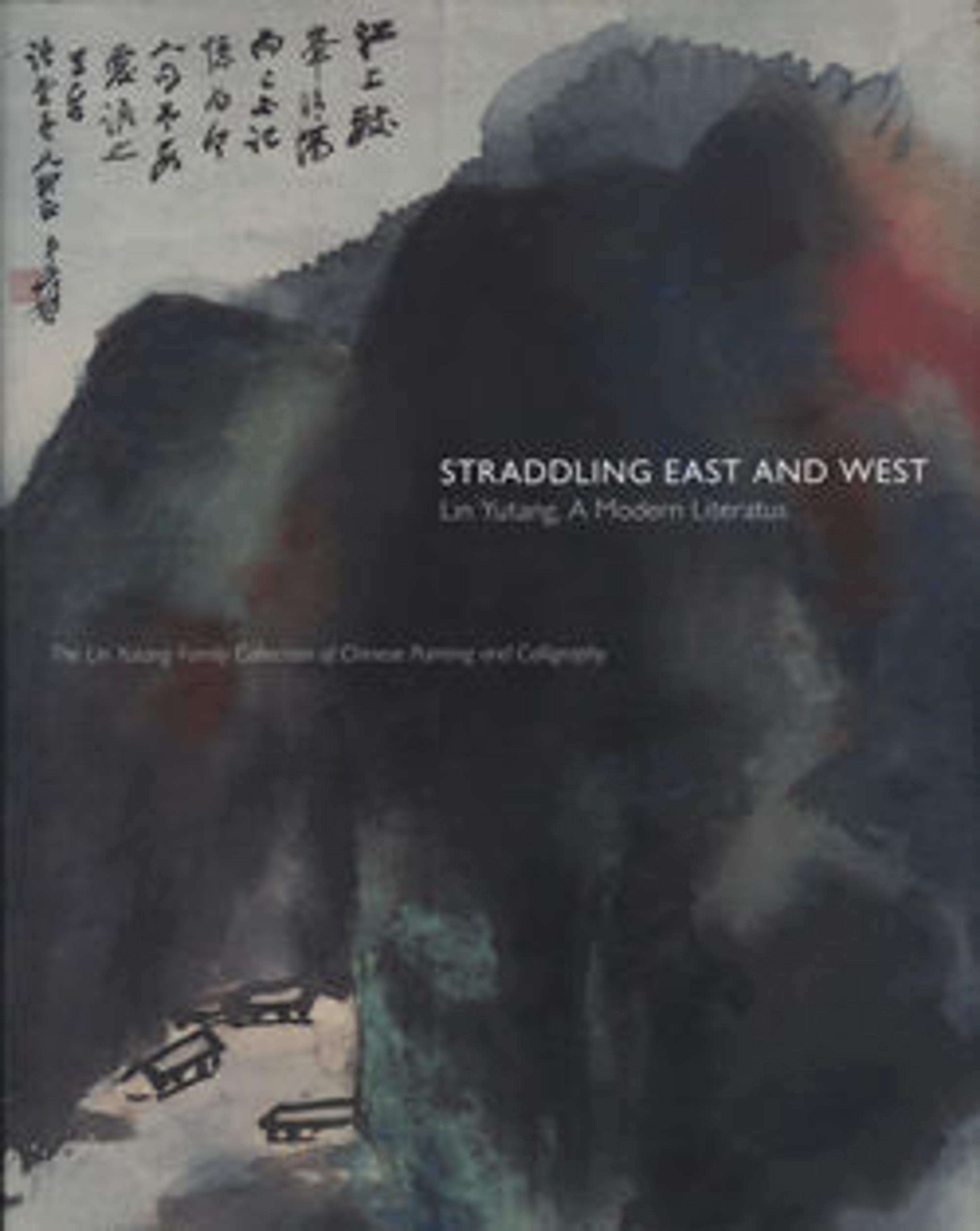Poem Written in Seal Script
Feng Kanghou settled in Hong Kong after the Communist takeover of mainland China in 1949 and became its foremost seal-carver. He maintained that only those who practiced seal-script calligraphy could master the art of seal carving. This transcription of a poetic quatrain demonstrates his mastery. It reads:
Feeling elated at the return of the yang energy on the winter solstice,
In the company of the solitary flowers, I enjoy wine.
I hope the rain will be timely on the cultivated fields,
So next year we will have an abundant harvest and no drought.
(trans. by Shi-yee Liu)
Emulating the balanced, symmetrical forms incised with a stylus on ancient bronzes and stones, characters are composed of lines of uniform width and rounded ends. In Feng's tall, rectilinear characters, vertical and horizontal lines are often subtly bowed and their intersections form curves rather than sharp angles. As in seal carvings, the negative spaces between the inked lines are meticulously
proportioned. To create characters of such monumentality and elegance with a supple-tipped brush requires great mental concentration, a steady hand, and years of rigorous discipline.
Feng wrote this piece at the request of Richard Lai in the winter of 1975. The poem conveys the wistful state of mind of an agricultural society at the time of the winter solstice.
Feeling elated at the return of the yang energy on the winter solstice,
In the company of the solitary flowers, I enjoy wine.
I hope the rain will be timely on the cultivated fields,
So next year we will have an abundant harvest and no drought.
(trans. by Shi-yee Liu)
Emulating the balanced, symmetrical forms incised with a stylus on ancient bronzes and stones, characters are composed of lines of uniform width and rounded ends. In Feng's tall, rectilinear characters, vertical and horizontal lines are often subtly bowed and their intersections form curves rather than sharp angles. As in seal carvings, the negative spaces between the inked lines are meticulously
proportioned. To create characters of such monumentality and elegance with a supple-tipped brush requires great mental concentration, a steady hand, and years of rigorous discipline.
Feng wrote this piece at the request of Richard Lai in the winter of 1975. The poem conveys the wistful state of mind of an agricultural society at the time of the winter solstice.
Artwork Details
- 現代 馮康侯 篆書喜逢冬至七絕 軸
- Title: Poem Written in Seal Script
- Artist: Feng Kanghou (Chinese, 1901–1983)
- Date: dated 1975
- Culture: China
- Medium: Album leaf; ink on paper
- Dimensions: Image: 14 9/16 x 28 15/16 in. (37 x 73.5 cm)
Framed: 19 7/8 x 36 9/16 in. (50.5 x 92.8 cm) - Classification: Calligraphy
- Credit Line: The Lin Yutang Family Collection, Gift of Richard M. Lai, Jill Lai Miller, and Larry C. Lai, in memory of Taiyi Lin Lai, 2005
- Object Number: 2005.509.29
- Curatorial Department: Asian Art
Audio
7427. Poem Written in Seal Script
0:00
0:00
We're sorry, the transcript for this audio track is not available at this time. Please email info@metmuseum.org to request a transcript for this track.
More Artwork
Research Resources
The Met provides unparalleled resources for research and welcomes an international community of students and scholars. The Met's Open Access API is where creators and researchers can connect to the The Met collection. Open Access data and public domain images are available for unrestricted commercial and noncommercial use without permission or fee.
To request images under copyright and other restrictions, please use this Image Request form.
Feedback
We continue to research and examine historical and cultural context for objects in The Met collection. If you have comments or questions about this object record, please contact us using the form below. The Museum looks forward to receiving your comments.
